- Briefing paper
- 12 December 2022
Feminist activism to end gender-based violence in the public sphere
- Author: Diana Jiménez Thomas Rodriguez
- Published by: ALIGN
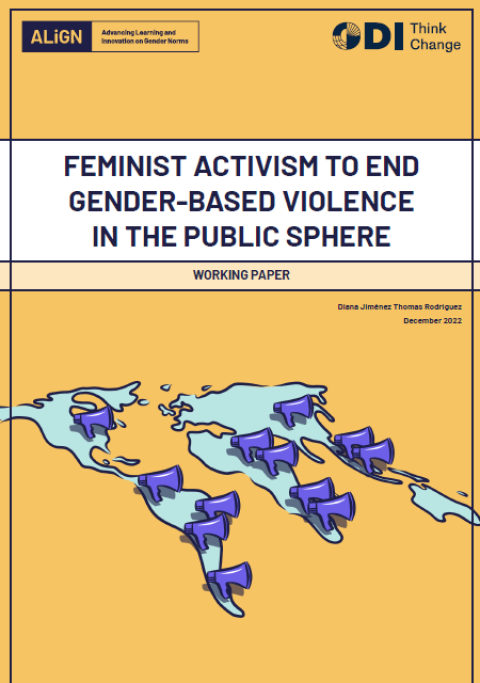
Feminist activism is critical to conceptualising and ending gender-based violence in the public sphere.
In today’s world, the pervasiveness of gendered violence continues to be a shocking reality, leaving no country untouched. After centuries of feminist activism to demand a radical transformation of gender relations, patriarchal violence still permeates people’s everyday lives and leaves no space safe.
As part of ALIGN’s ongoing effort to increase knowledge of the impact of activism on transforming gender norms, this working paper focuses exclusively on how feminist social movements are responding to men’s violence and what they are achieving through their work.
The paper paints a picture of how movements call out gendered violence in the public sphere with examples of feminist activism across global regions. It discusses in detail each of the four main spaces of the public sphere: common public spaces, workplaces, educational institutions and online. It covers what is known about the nuances of GBV in each space, feminist responses and wins against this violence, plus the main barriers they face when organising.
Feminist activists have long called attention to the different forms and pervasiveness of GBV across all spheres of life, affecting women as well as LGBTQI+ and gender non-conforming people. It is critically important to spotlight the transformative work movements do in order to understand how to challenge gender norms and increase women’s safety, presence and participation in public spaces.
Key messages
- Gendered violence is happening across the public sphere, particularly in four main environments: common public spaces, workplaces, educational institutions and online.
- Feminist activism is contesting GBV and the oppressive gender norms that drive it – as well as the institutions that shape and sustain these norms.
- Messaging challenges perceptions of GBV as normal and contests victim-blaming, as well as gendered notions of shame which deflect responsibility from perpetrators.
- Social movements employ a wide variety of strategies, from self-defence, visibility campaigns and educational and training initiatives, to lobbying governments, creating art and occupying the streets with protests and other interventions. Movements also demand legal/policy changes to denounce GBV and seek justice for violent experiences.
- Digital activism has become central to most of these strategies as a key enabler of mobilisation and a key platform for contesting oppressive norms.
- Countries / Regions:
- Global
Related resources
Blog
5 January 2026
Published by: ALIGN

Report
3 December 2025
Published by: ALIGN, Data-Pop Alliance

Report
28 November 2025
Published by: ALIGN, development Research and Projects Centre
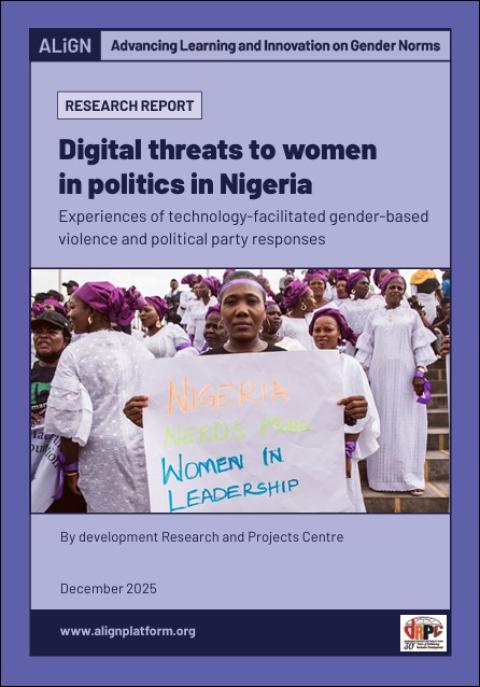
Report
4 November 2025
Published by: Breakthrough, Equality Now
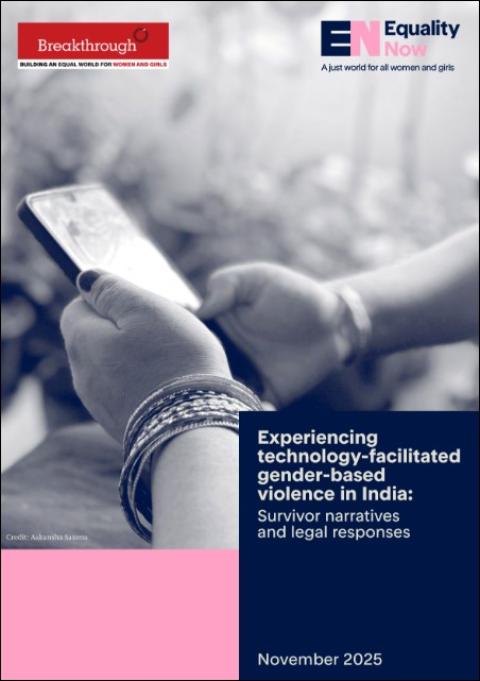
Report
20 October 2025
Published by: ODI Global
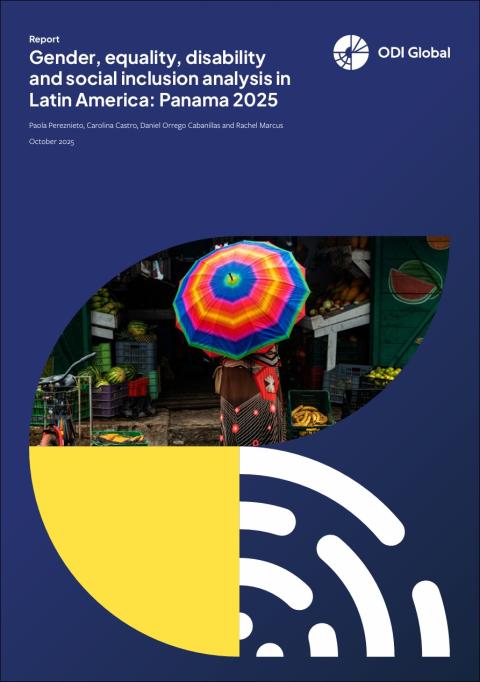
Report
22 September 2025
Published by: ODI Global
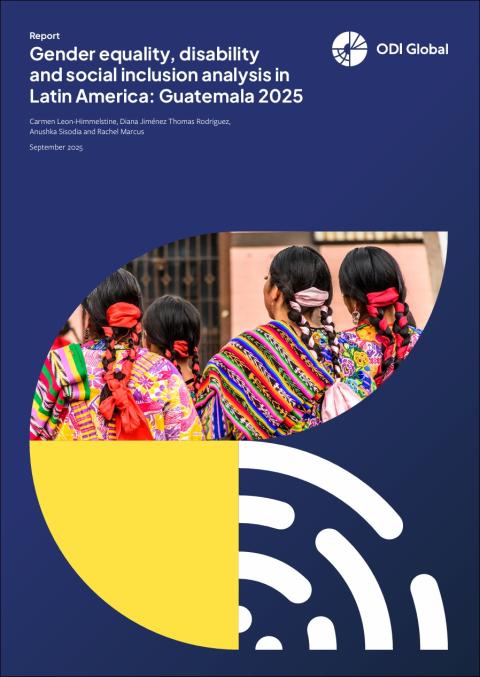
Report
16 September 2025
Published by: UN Women
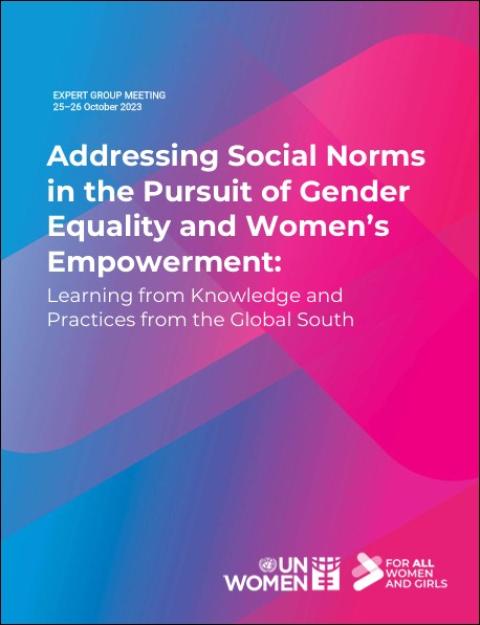
Report
21 August 2025
Published by: ODI Global, CIEDUR
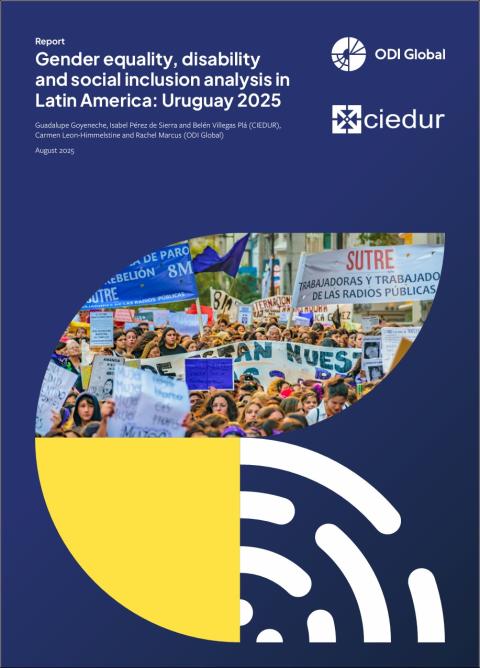
Blog
14 April 2025
Published by: ALIGN

Report
5 March 2025
Published by: ALIGN

Blog
10 February 2025
Published by: ALIGN

Blog
19 December 2024
Published by: ALIGN
